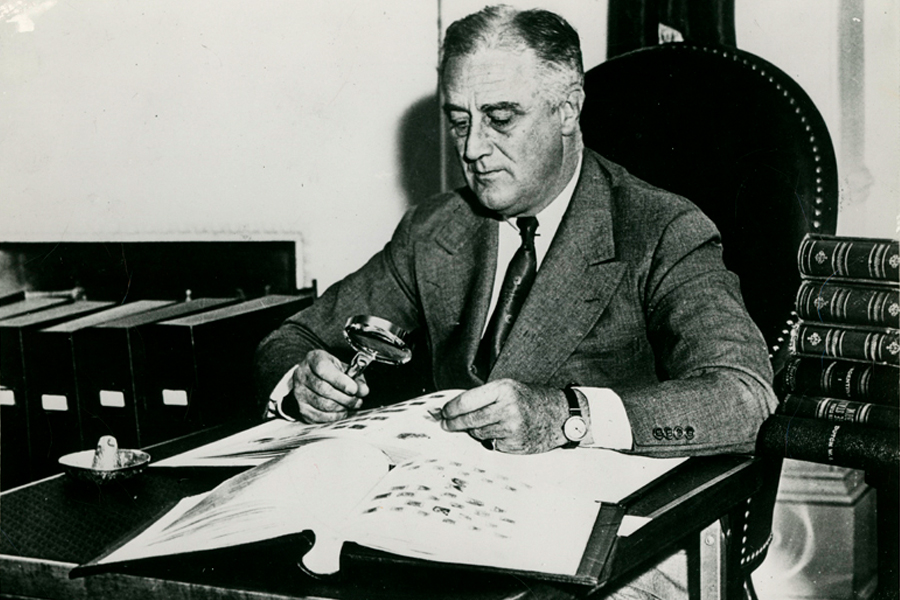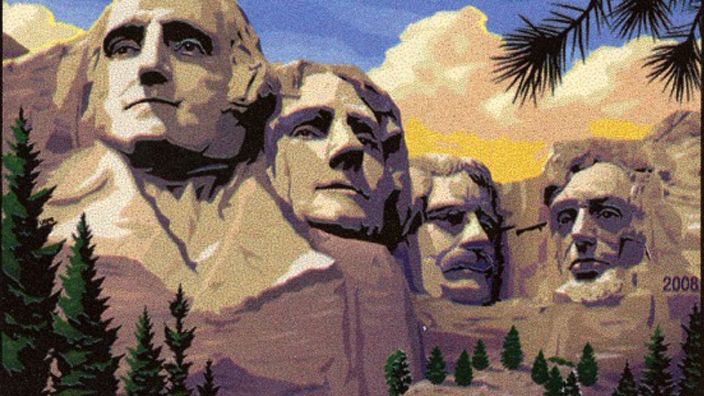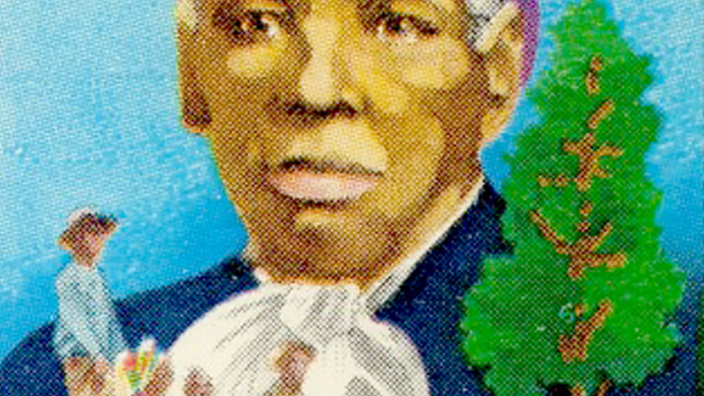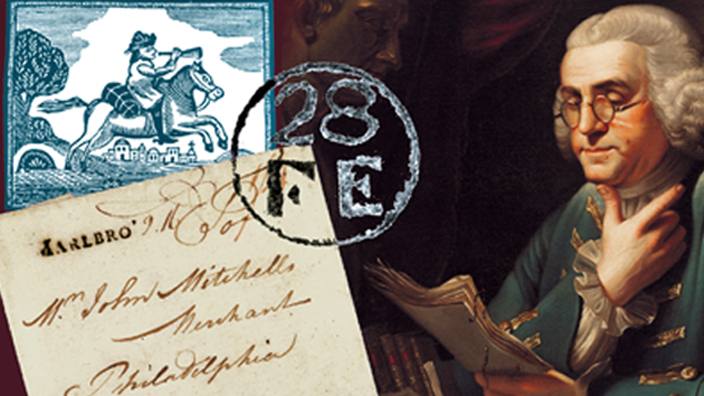Franklin Delano Roosevelt not only put his stamp on world history — he put it on the world of stamps, too.
The 32nd president began collecting stamps around age 8 and his interest never waned.
As a child, stamps helped him learn about geography and foreign leaders. When he contracted polio at age 39, his collection kept him occupied as he recuperated.
“I owe my life to my hobbies — especially stamp collecting,” Roosevelt once said.
And during his historic three-plus terms in the White House, philately helped him wind down from the rigors of his day.
“Taking a pile of stamps that are in total chaos and putting them in order was a very relaxing thing for him to do,” Cheryl Ganz, chief curator of philately for the National Postal Museum, says in “Stamp Collector in Chief,” a video by the Smithsonian Institution.
“Here we had a man taking the world in chaos because of the Depression, because of the war, and able to put it in order as well.”
FDR named longtime political ally James Farley as postmaster general and worked closely with him on stamp design. Roosevelt suggested subjects, refined and corrected sketches, and even designed a few himself.
The president also saw stamps as a savvy marketing tool.
“He used his postage stamps to help sell his New Deal programs,” Ganz said. The aim was “to give a positive message of hope and optimism to the people.”
At the urging of Interior Secretary Harold Ickes, Roosevelt approved a series of national parks postage stamps in 1934 to help boost tourism.
FDR’s enthusiasm for the hobby was contagious.
“Stamp collecting never had a higher profile than when we had a philatelist in the White House,” said Stephen Kochersperger, acting USPS historian. “Newspapers regularly featured columns on philately, and there were even radio shows about stamp collecting.”
After his death, Roosevelt’s stamp collection was sold at public auction per his wishes. The realized amount — $228,000 — was far more than the stamps’ appraised value.
In 1945, the year he died, FDR was inducted into the American Philatelic Society’s Hall of Fame.



